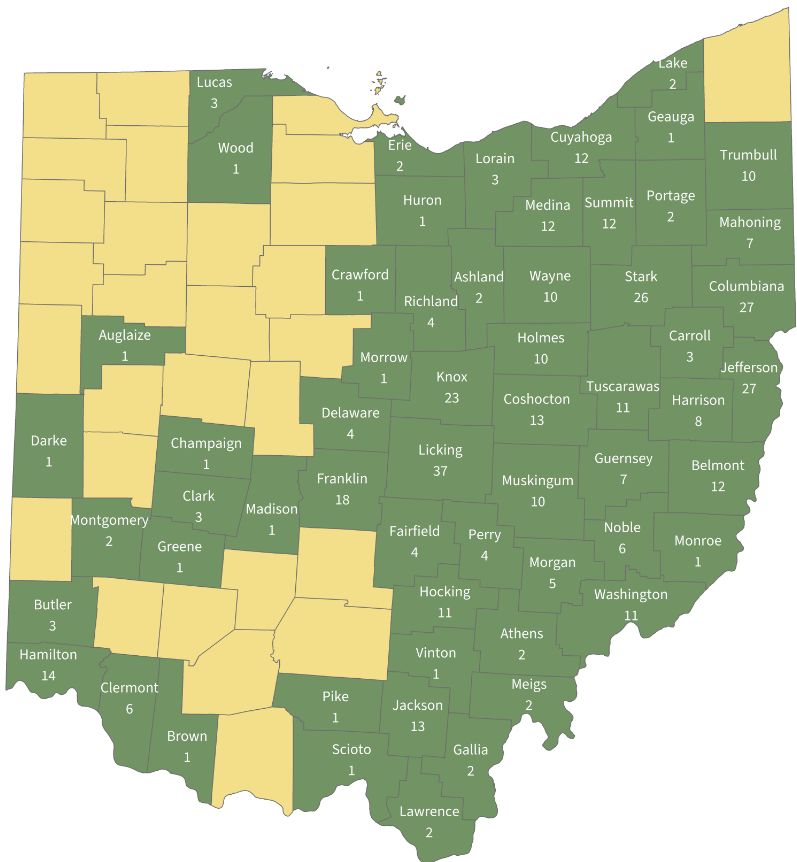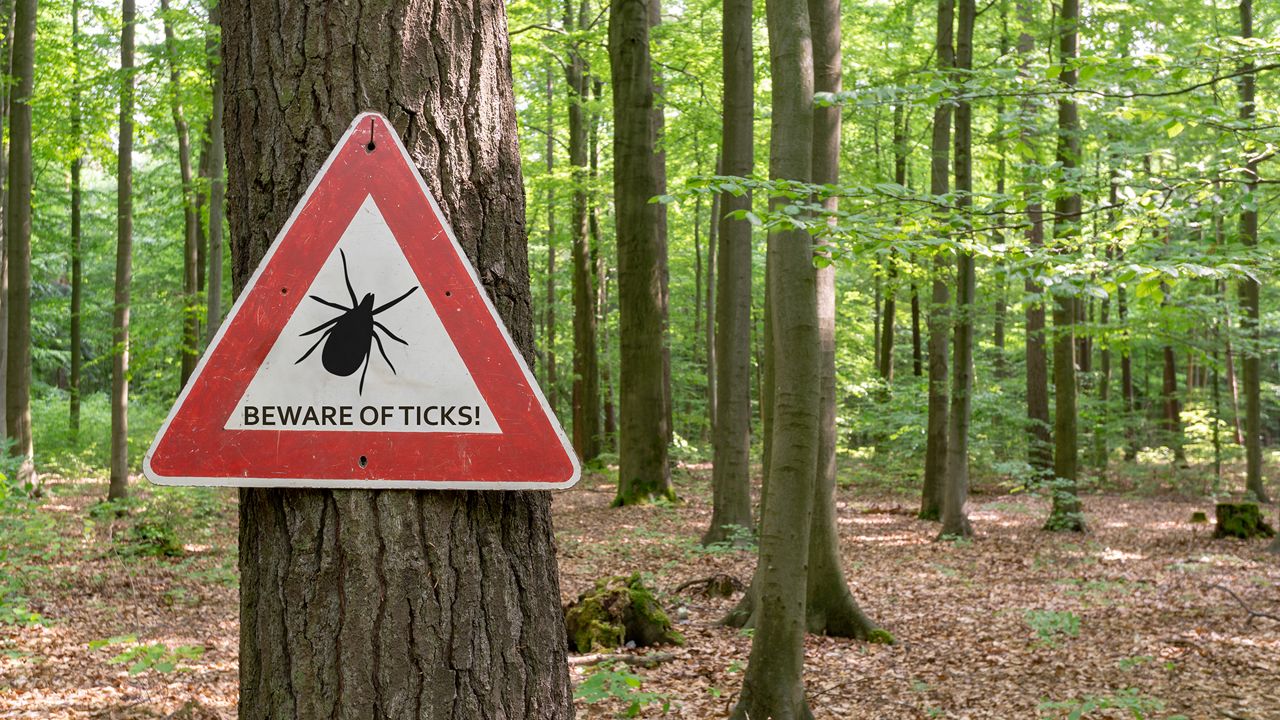OHIO — Fall may be coming soon, but that doesn't mean the bugs are ready to leave Ohioans alone.
The Ohio Department of Health's Zoonotic Disease Program, alongside local health, sanitary district partners and ODH Laboratory are continuing to monitor vectorborne diseases statewide.
Vectorborne diseases are diseases passed through "vectors" such as mosquitos, ticks and fleas.
In Ohio, diseases monitored vary by which insect passes them along to humans. For mosquitos, West Nile Virus, La Crosse and travel-associated diseases are tracked while for ticks Lyme disease, anaplasmosis, babesiosis, Rocky Mountain spotted fever (RMSF) and Ehrlichiosis are monitored.

ODH updates the disease counts, here, every Friday at noon throughout summer and fall.
As of Aug. 23, there were a reported 423 cases of Lyme disease in Ohio, 179 women and 244 men. The cases were mostly reported along the western side of the state with 59 counties having at least one case.
Licking County had the highest count at 37 cases, followed closely by Columbiana and Jefferson with 27 cases each, Knox with 23 and Franklin with 18.
In June, health officials cautioned that Lyme disease has increased 35-fold over the past 13 years.
The most common symptoms to monitor with a tick bite are fever/chills, rash, aches and pains according to the Centers for Disease Control and Prevention.
Within this last batch of data for tick monitored diseases there were two men diagnosed with babesiosis, nine people diagnosed with anaplasmosis, 11 cases of RMSF and 13 Ehrlichiosis cases.
There are zero human cases of La Crosse or West Nile Virus reported as of Aug. 23.



